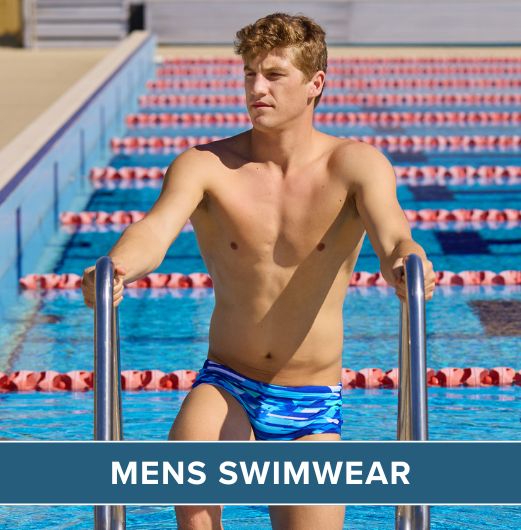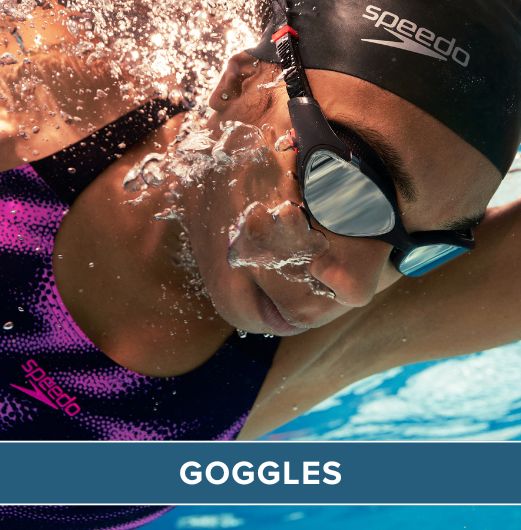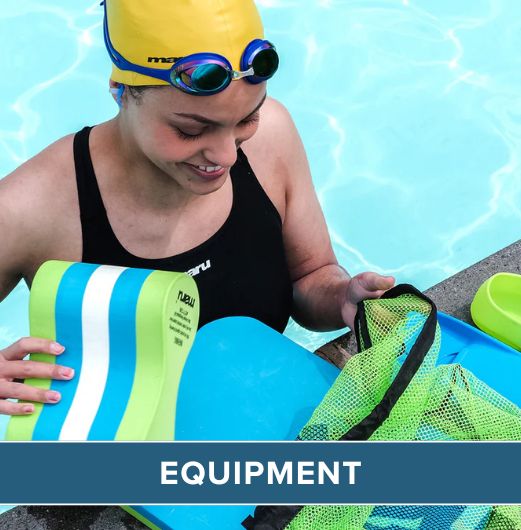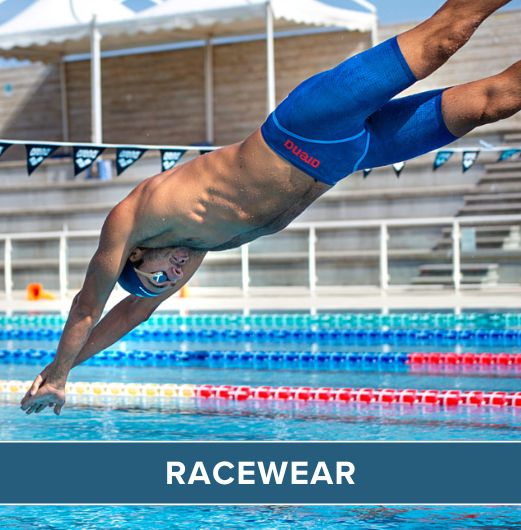Swimming is not only a refreshing and enjoyable activity, but it also offers numerous health benefits. From cardiovascular fitness to improved muscular strength, swimming is a full-body workout that can boost your overall well-being. However, like any physical activity, it's essential to take certain precautions to protect your health while swimming. In this article, we will explore the top strategies to ensure your safety and maximise the benefits of swimming.
1. Warm Up and Stretch:
Before diving into the pool, it's crucial to warm up your muscles and perform stretching exercises. Start with a few minutes of light cardio, such as jogging or brisk walking, to increase your heart rate and warm up your body. Follow this with dynamic stretches that target the major muscle groups used in swimming, including your arms, shoulders, core, and legs. Dynamic stretching involves making active movements that stretch the muscles to their full range of motion. Raise arms to shoulder length. Move hands in circles for about 2 minutes. Kick knees up towards torso while jogging for about 2 minutes. Lunges are also a great way to incorporate dynamic stretching into a swimmer's routine. Warming up and stretching reduces the risk of injury and prepares your body for the demands of swimming.
2. Stay Hydrated:
Swimming may make you feel less thirsty compared to other forms of exercise, but it's essential to stay hydrated. The combination of water and physical activity can lead to dehydration, so make sure to drink water before, during, and after your swim. Keep a water bottle nearby and take regular sips to maintain proper hydration levels. This is especially important if you are swimming in a heated pool or engaging in intense swimming workouts.
3. Protect Your Skin:
Prolonged exposure to water and the sun's harmful UV rays can have negative effects on your skin. To protect your skin while swimming outdoors, apply a waterproof sunscreen with a high SPF before entering the water. Additionally, consider wearing a swim cap to shield your scalp from the sun and reduce the amount of chlorine or saltwater contact with your hair.
4. Practise Proper Breathing Techniques:
Correct breathing is vital in swimming to ensure an efficient oxygen supply to your muscles. Avoid holding your breath while swimming and instead practise rhythmic breathing, such as breathing on every third arm pull and exhaling between. Exhale steadily through your mouth or nose while your face is in the water and inhale when you turn your head to breathe. This technique helps improve your endurance and reduces the risk of hyperventilation or dizziness.
5. Focus on Technique:
Swimming with proper technique not only enhances your performance but also reduces the strain on your body. Take swimming lessons or consult a coach to learn the correct form for different strokes. Proper technique minimises the risk of overuse injuries and maximises the benefits of swimming as a low-impact exercise.
6. Use Proper Equipment:
Investing in the right swimming equipment can contribute to your safety and overall experience in the water. Ensure that you have a well-fitting swimsuit that allows for comfortable movement. Goggles protect your eyes from irritation caused by chlorine or saltwater, and a swim cap helps streamline your body in the water. If you're swimming in open water, consider using a buoy or other flotation devices for added safety.
7. Gradually Increase Intensity:
If you're new to swimming or returning after a long break, it's important to start slowly and gradually increase the intensity of your workouts. Pushing yourself too hard, too soon can lead to muscle soreness, fatigue, or even injury. Begin with shorter sessions and focus on building your endurance and technique before increasing the duration or intensity of your swims.
8. Preventing Swimmer's Ear:
Swimmer's ear is an infection of the outer ear canal, this infection, also known as acute otitis externa, can be associated with swimming, but it can also occur without getting in the water.To prevent swimmer's ear, avoid putting anything inside the ear canal and dry your ears well after prolonged water exposure. Consider wearing a swim cap or earplugs in the pool to help prevent water from getting into the ear. If you frequently get swimmer's ear, using acetic acid drops preventatively may help.
Swimming is a great way to improve your overall health and well-being. By following these top strategies for protecting your health while swimming, you can ensure that you are maximising the benefits of this low-impact exercise while minimising the risk of injury or discomfort. Remember to warm up and stretch, stay hydrated, protect your skin, practise proper breathing techniques, focus on technique, use proper equipment, gradually increase the intensity, listen to your body, and maintain pool safety. With these tips, you can dive into wellness and enjoy all that swimming has to offer. Take care of your swimming health and have fun!
 Free Tracked UK Delivery
Free Tracked UK Delivery Hassle Free Returns
Hassle Free Returns Next Working Day OPTION
Next Working Day OPTION Found It Cheaper?
Found It Cheaper?

















